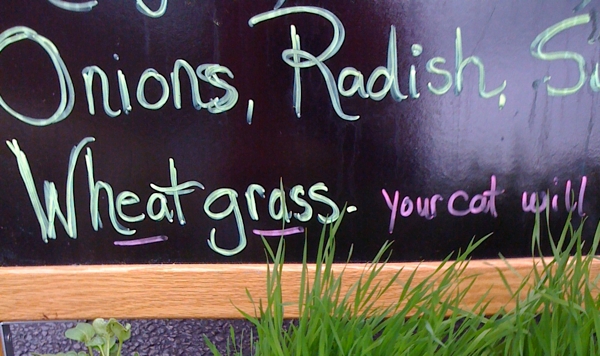Last month, I wrote about how appropriate and powerful storytelling can be in connecting food brands to their customers. I shared the stories from Southwest Ohio farmer Drausin Wulsin of Grassroots Farm & Foods, whose blog forges and intimate connection between provider and customer.
Story can build a relationship between brand and consumer in the food space in ways that it cannot in other product categories.
‘People don’t buy what you do; they buy why you do it. And what you do simply proves what you believe.’ — Simon Sinek
And storytelling can have bottom-line benefits for your business:
- Create loyalty among your buyers
- Give customers a sense of shared ownership
- Communicate a message of quality and integrity
- Make a strong case for buying *your* product over others
- Secure a premium price, because buyers know your story, know your quality, know what lengths you go do to produce your product.
Creating stories takes a number of steps; I’ll outline the first four here and save the next for until next month’s newsletter. So here we go:
1) Identify your big story
This is the hard part. After all, you think, “What about us would people possibly be interested in?” Your story might stem from your family roots in the food or farming business. Your personal passion might be your story. The way you do what you do—your practices, your commitment, your approach to sustainability—might be your story. To identify your story, think about what got you into your business and what gets you out of bed every day.
2) Look for your story in your everyday
When you sit down to dinner with your family at the end of a busy day, what makes you tell them, “You’ll never believe what happened today”? What are the “you’ll never believe it” moments that happen during any given day — funny events, challenges, head-scratchers, curiosities, moments that make you grateful?
3) Tell about the challenges you face
People want—need—to understand that the work you do is not without difficulty. Floods wash out seedlings. Bugs annihilate crops. Animals struggle. Farmers struggle. Sharing heartfelt stories of your challenges and perseverance allows you to demonstrate the value of your work and product.
4) Invite customers into your world
In one of his blog posts, Drausin Wulsin captures this idea perfectly, writing: “I offer these thoughts simply as testimony to intimacy with our land and to intimacy with you, for you are always nearby, even when we are far away.”
Food producers large and small have a legitimate claim to use the power of storytelling in building relationships with customers, increasing consumption of their products, explaining their value proposition — and growing sales.
You own your story. Are you using it?
Let me know if I can help: Give me a shout, let me know what you need and we can chat about how I might be able to assist you.
